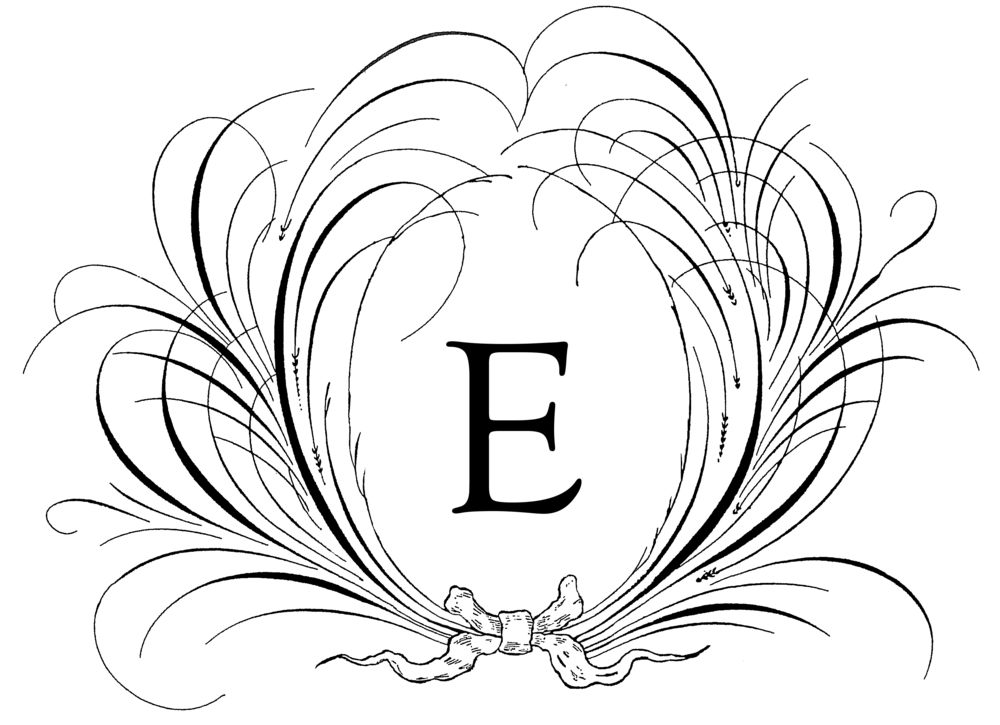One of my college daughters asked me to make her friend a flower headband. Since my daughter also machine embroiders, it was so much fun to be facetiming while looking at machine embroidery designs at the same time. This truly is a wonderful technological age! Who would have guessed that you could see your daughter who lives over 800 miles away and still go shopping all at the same time – let alone, be planning for an embroidery design that will be stitched by a machine! Sometimes it just boggles my mind!
Free Standing Sunflower Beads by Sonia Showalter
We settled on a free standing flower design by Sonia Showalter, entitled “Sunflower Beads.” It is a very versatile design and can be stitched in any color combination. My daughter chose white with a single grey center. It was designed with a three-color combination – one for the petals and two for the center design – with two parts to the flower. There is an upper and a lower part of the flower. The bottom flower has a loop on each side where a ribbon can be threaded through, which is the main reason why we picked this design. It was cute, the right size and could be simply made into a band by looping them together. Perfect!
The instructions state, “When completely dry, the flower pieces need to be glued together before stringing.” Ugh! This is machine embroidery! Surely we can do all this in the hoop and skip the gluing phase. There was my challenge!
So here it is. Here are my instructions for machine embroidering the two flower parts together without gluing them.
For this project, I used Floriani’s water soluble stabilizer, “Wet N Gone.” This product is not the plastic type of stabilizer, but has more body like a true stabilizer. I used two sheets in the hoop initially and then I added one more sheet in step 8.
Floriani Wet N Gone Water Soluble Stabilizer
SUNFLOWER BEADS SPECIAL INSTRUCTIONS
STEP 1
Follow Sonia’s instructions to machine embroider all the “bottom” flowers first. Trim the threads at this time. Wash them and set them aside to dry overnight.
STEP 2
Follow Sonia’s instructions to machine embroider the “top” flowers next. However, stitch colors 1 and 2. STOP before stitching color 3. If you are stitching several flowers in one hoop, you will have to carefully watch your stitch out and advance your machine manually from color 2 in one flower, back to color 1 in the next flower.
STEP 3
Trim all the threads from the top flowers at this time.
STEP 4
When all the flowers are stitched for colors 1 and 2, advance your machine back to the starting point and then advance it again so it begins at color 3 of the first flower.
STEP 5
Take your hoop out of the machine.
STEP 6
Carefully turn your hoop upside down on something that is approximately the width of the inside of your hoop. [For me, it was a Body for Life for Women book that was sitting on my cutting table just dying to be opened.]
STEP 7
Individually spray the front of each “bottom” flower lightly with Sulky KK 2000, but completely. [I tried using a fabric glue stick, but it was not strong enough to stick the two flowers together.]
Do not use Fabric Glue
TIP: I have a tall, but medium sized cardboard box that I use for spraying with Sulky KK 2000. I put the item in the bottom of the box to spray it and then all the sticky mist does not get onto everything. I keep the box folded up against a wall so it does not take up any space and it is readily available when I need it.
Sulkiy KK 2000 Spray
STEP 9
Cut another piece of water soluble stabilizer larger than the size of your hoop and lightly spray it with the Sulky KK 2000. Place it sticky side down on top of the flower sandwich that was just created. This will keep those bottom flowers from getting caught in the feed dogs or any other openings. Finger press this down very securely.
STEP 10
Carefully, put the hoop back into the machine.
STEP 11
Double check to make sure your first stitch will be color 3 the center of the first flower. (See step 3)
STEP 12
Stitch ONLY color 3 for each flower by advancing the stitch order manually on your machine.
STEP 13
You are now done with the special instructions. You can remove the hoop, trim the threads and wash the away the stabilizer.
The flowers were threaded all together with fold-over elastic and tied with a simple knot to keep it together.
This headband is such a fun spring project. What will you be making to celebrate spring?























